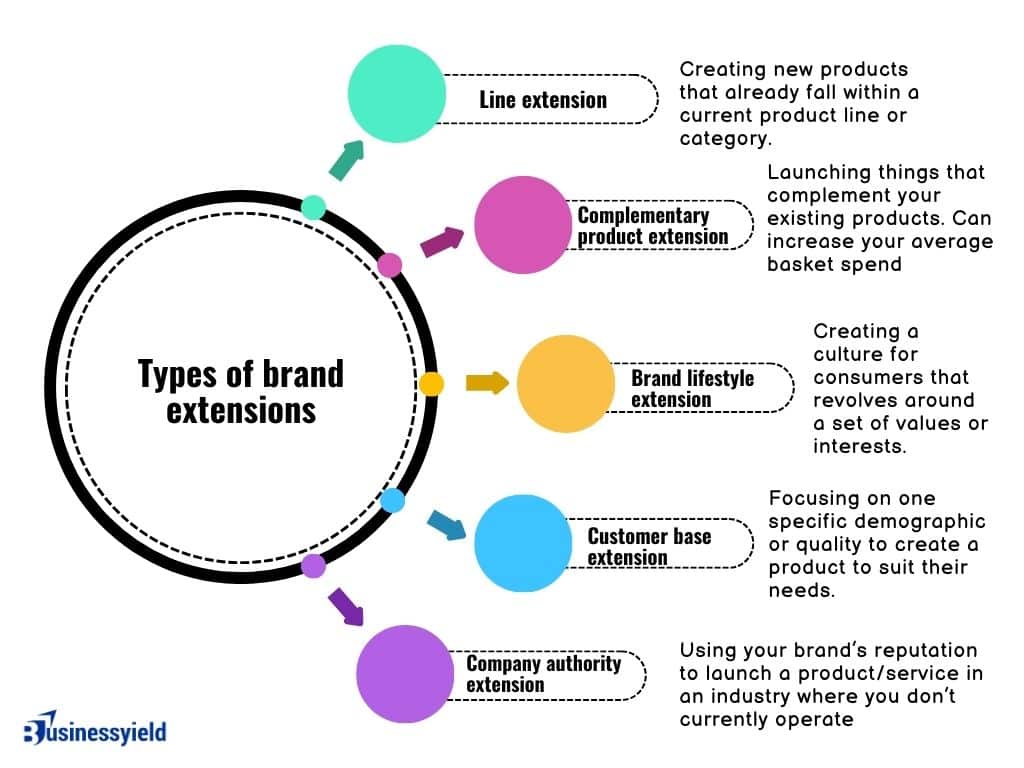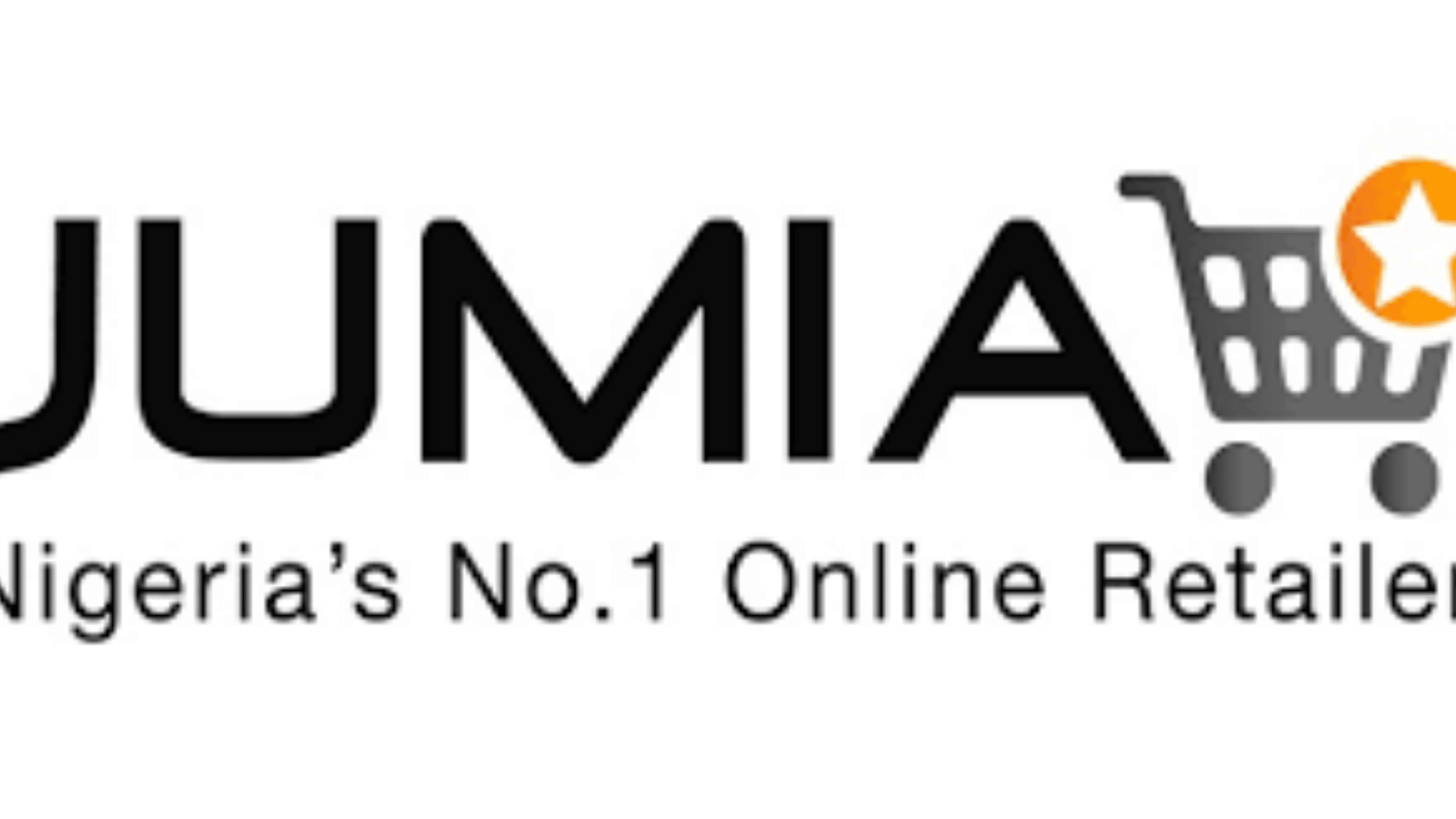Brand extensions are initiatives that allow brands to leverage awareness and equity to create more revenue streams. And how do they do this? By using the success they have built over the years to propel a new product or branch into a new industry.
Most of us have come across brand extensions before, whether we know it or not. A prime example is Amazon (pardon the pun). The company started in 1995 as an online bookseller. Since then, the brand has extended into everything from music, grocery delivery, consumer goods, movies, and more.
But what does brand extension really entail? And how can you harness its power to expand your brand’s reach? Read on to find out.
Key takeaways
Brand extension refers to an established company developing a new product under the same brand name as their other products.
Brand extension works when the original and new products share a common quality that the consumer can immediately identify.
However, it fails when the new product is unrelated to the original, is seen as a mismatch, or even creates a negative association.
Businesses that maintain commonalities between their products and remain consistent in their quality may find success with this approach.
Selecting the right type of brand extension could help you execute an effective brand extension
Understanding brand extension and how it works
A brand extension is when a company uses one of its established brand names on a new product or new product category. Sometimes known as brand stretching, it uses the company’s already established brand equity to help it launch its newest product. The company relies on the brand loyalty of its current customers, which it hopes will make them more receptive to new offerings from the same brand.
If successful, a brand extension can help a company reach new demographics, expand its customer base, increase sales, and boost overall profit margins. However, it works best when the new product category is related to its parent category and is something consumers and customers want. A weak or nonexistent association can result in the opposite effect, brand dilution. This can even harm the parent brand.
One company that does brand extensions well is Apple. Starting with its popular Mac computers, the company has leveraged its brand to sell products in new categories, as seen with the iPod, the iPad, and the iPhone, as well as tech accessories (Apple Watch and Earpods). Even though all these new products are different, the extension works because Apple didn’t drift too far from its parent product category.
Types of brand extensions (with examples)

Depending on the type of customers you have and what you want to achieve as a brand, you need to decide which brand extension strategy is right for your company.
Here are five different extension strategies that could work for you:
Line extension
This refers to creating new products that already fall within a current product line or category. Think of it as upgrading an existing product or introducing new sizes or colors. This is probably the easiest strategy to implement because you’ll already have the product base.
It works especially well for products with a lower price point as customers often want a product in multiple sizes or colors.
Line extension can be a successful strategy as it can create a larger shelf presence for already established brands. A risk associated with the strategy lies in market oversaturation. Too many similar products on the same shelves can be overkill to customers, and if not deployed intelligently, line extension can cause such an effect.
Example of line extension: Coca-Cola expanding from its original flavor to Coke Zero, Diet Coke and more.
Complementary product extension
What other products go hand in hand with your product? Things that complement your existing products will increase your average basket spend. You could even compile the products into a bundle to increase revenue.
An example would be a calendar company. They could offer complementary products, such as diaries, pens, and stickers. While you’ll be creating new products, they’ll still fall within the same niche.
Product extension is viewed as a low-risk, low-cost way to meet the needs of different customer segments and attract buyers who may have different preferences. Potential drawbacks of product extension lie in the possibility of over-saturating the market or running the risk of a lesser-received new product undermining the quality expected of the brand.
Example of complementary product extension: Adidas expanding from a sports shoe company to a sports apparel brand. Also, Dove, which expanded from soaps to general hygiene products such as deodorants.
Brand lifestyle extension
Brand extension via leveraging a lifestyle occurs when a culture is created for consumers that revolves around a set of values or interests. Customers who are supporters of certain hobbies, sports, or lifestyle choices will flock toward a brand that centralizes around them.
Who would have thought a tequila line from an energy company would sell out within a few hours? Well, Tesla did it. And it was primarily due to the personality and lifestyle of its CEO, Elon Musk.
However, Elon and Tesla are not the only ones to use a celebrity’s lifestyle to extend an existing brand. Other instances include Adidas/Kanye West’s Yeezy lineup and Fenty (a brand under LVMH) with Rihanna.
Example of brand lifestyle extension: Drink company Red Bull hosting extreme sports events, or actor Ryan Reynold purchasing and promoting Aviation Gin.
Customer base extension
This is where your buyer personas and user segmentation come into play. Focus on one specific demographic or quality to create a product to suit their needs.
This strategy allows a company to expand its product inventory with a greater chance of success due to the trust that’s already been developed with a specific demographic. For example, Nike offers athletic wear and shoes for almost any sport. Customers who know and trust their tennis shoes are also more likely to trust their soccer cleats—a perfect example of leveraging brand loyalty.
Customer franchise extension still comes with risks. If a new product is less well-received, it may run the risk of tarnishing brand identity and customer loyalty.
Think about travel agents. Their customers love to travel. Instead of shopping around, travel agents can sell them their plane tickets, currency and travel insurance.
Example of customer base extension: Dyson expanding from high-tech vacuum cleaners to high-powered fans.
Company authority extension
Businesses that have become an authority in their sector can launch new products or services in an area in which they don’t currently operate and transfer that reputation to their new product category. This requires a strong established brand image, and the ability to leverage customer trust in the current offering.
Customers will know about your high-quality products if you have brand recognition in your industry. That means you can offer them a wide range of products they will buy. This works especially well for technology companies.
Example of company authority extension: Apple moving from a trusted tech business providing home computing solutions to selling mobile phones, headphones and other technology.
Brand extension strategies
In order for brand extensions to work well, it’s key that companies do their research and have a well-thought-out strategy.
Below is a checklist of steps that can contribute to a successful brand extension.
Established brand extension strategies
Benefits of brand extension
Products can hit a new audience
Successful brand extensions can allow companies to target new customer demographics while still keeping their brand recognizable.
Can lead to an increase in sales
Hitting new audiences means garnering greater interest. Greater interest gives the potential to increase sales as products will reach more people.
It’s an inexpensive form of marketing
If a parent brand is launching a new product or line of products, it likely means they’ve achieved prior success. Launching new products will spark interest and excitement from current customers, leading to an increase in word-of-mouth advertising—meaning near enough free marketing.
Can leverage customer loyalty and trust
Customers who have already established a relationship with a trusted brand are far more likely to be open to trying new products launched from the same brand.
Can bring attention to prior products
Have you ever listened to a song, loved it, and then immediately searched for other songs by the same artist? Brand extension can work in exactly the same way. If a new product is successful, new customers will then likely look further into prior products, resulting in another method of inexpensive marketing.
Risks of brand extension
It’s clear to see the benefits brand extension can have towards achieving growth in a company. But are there any potential risks that come with it?
Let’s investigate a little further.
Can alter brand identity
While successful brand extension marketing can lead to an increase in exposure and hit new audiences, if a new product deviates too far from the identity the brand has forged, customers may experience different brand messaging and feel their relationship with the brand has weakened.
Ensure you’re sticking with your core brand identity and it’s an extension to a current brand, but not a new brand entirely.
Runs the risk of over-saturation
If a brand attempts to delve into too many new markets, it could lead to the possibility of brand dilution—meaning audiences may tire of seeing a particular brand across too many markets.
Too much focus could lead to a marketing lapse
Smaller companies that might not possess the same financial resources as larger ones may be too dependent on releasing new products in the hope of increasing interest. This could mean other methods of marketing are neglected, and could cause a collapse in sales.
How to implement brand extension strategies for your business
We now know what a successful brand extension strategy looks like, and what it can do for your business. However, it’s important to understand how to properly plan and avoid any possible banana skins that can occur.
Below are the steps you can follow to do so:
1. Evaluate your brand equity
Before you put pen to paper and really start planning your strategy, you’ll have to survey whether your brand is in a strong enough position to be able to sustain any changes or additions. You’ll also need to establish what your strengths are, how you will preserve them, and how they can be built on in your strategy.
It’s difficult to progress without ensuring the strength of your brand initially, so be sure to take a peek at things like customer reviews and customer retention, as well as studying metrics such as store/site traffic, search volume, and how much recent growth your business has seen.
2. Set goals
As we learned above, a brand extension strategy can improve your business in other ways as well as simply bringing in more income. Think about what you want to achieve with your strategy.
Are you looking to expand your reach? Aiming to fill a gap in the market? Are you answering customer demand? Or could it be that you’re trying to instill some hype around your brand or adjust your brand image slightly? Whatever your goals are, make sure to clearly set them. This will keep you on track and make it easier to plan your strategy.
3. Know your resources
How equipped is your business to successfully implement your plan? This is such an important question because you can’t start a car without an engine. Have you also got enough cash to invest in your strategy? If less than expected, think about adjustments you might be able to make to keep your plan alive.
Do you have any investors contributing to the implementation of your strategy? If not, and funds are still a little tight, you may be able to consider partnering with another business to implement a brand extension.
Whatever you decide on, be sure to understand the resources you have available to you so you don’t plan out of budget.
4. Explore market trends
Takke a look at what’s currently got customers buzzing. Trends will ebb and flow, but implementing a strategy that’s relevant to the current market will certainly get you off to a good start.
Make sure you’re reading relevant media outlets and checking through social media outlets to learn what’s rocking the worlds of customers. Following and getting to know any industry influencers will also keep you relevant.
5. Research your competitors
There are likely a few competitors out there that might seem as though they have things all worked out. Do some research and discover what’s working for them. This will give you an idea of what you need to succeed and you can elaborate on their already successful ideas by adding your own touches.
6. Engage with your current customers
There won’t be a better resource for discovering where you are both succeeding and falling short with your current products than your existing customers. The customer always knows best, and this is especially true when it comes to discovering how to go about your brand extension strategy.
Engaging with your current customer base will also provide you with an idea of what the current market needs are, giving you an added sense of direction.
7. Get to know your new target market
Targeting a new market can feel like swinging in the dark. If you don’t get to know your new targeted audience, you won’t know what gets their attention, and ultimately what’ll get those credit cards swiping. Spend some time researching your new intended audience through social media, product reviews, forums, and any links you may have to influencers. This will also help to grow your brand awareness and put you on the radar of your new market.
You’ll want to find out such things as customer demand, current similar products, and what the strengths and weaknesses of your new competitors are.
A few complimentary products for your new audience to experience can also help you gain valuable insight into customer demand.
8. Finalize your strategy
Once you’ve been through the above list, put everything together and create a written plan for your brand extension. Make sure you’ve carefully considered potential costs, risks, and whether you have the resources and infrastructure required to successfully launch your brand extension.
Refer to all your market and competitor research to ensure you’ve got everything in place and ready to go, and you’re on your way to success.
Recommended Articles
- Price Lining: What It Is and Strategies for Effective Implementation
- Choosing Upselling & Cross-selling Strategies to Strengthen Your Sales Approach
- What the Challenger Sales Model Is and How to Use It for Better Outcome
- A Guide to Implementing Prestige Pricing Strategies for Business Owners
- Understanding the Impact of Recurring Revenue on Modern Businesses
- ERP vs CRM: Choosing the Right System for Your Business






